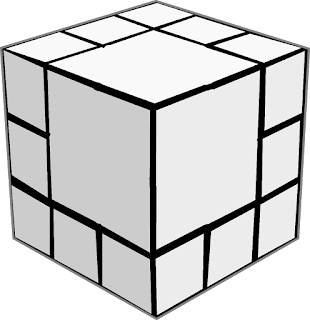Spot On The Forehead!
Three Masters of Logic wanted to find out who was the
wisest among them. So they turned to their Grand Master, asking to
resolve their dispute.
"Easy," the old sage said. "I will blindfold you and paint either red, or blue dot on each man's forehead. When I take your blindfolds off, if you see at least one red dot, raise your hand. The one, who guesses the color of the dot on his forehead first, wins."
And so it was said, and so it was done.
The Grand Master blindfolded the three contestants and painted red dots on every one.
When he took their blindfolds off, all three men raised their hands as the rules required, and sat in silence pondering.
Finally, one of them said: "I have a red dot on my forehead."
How did he guess?
And this is how his logical brain responded!
Similar kind of puzzles are -
The Greek Philosophers
Real Test Of Genius
"Easy," the old sage said. "I will blindfold you and paint either red, or blue dot on each man's forehead. When I take your blindfolds off, if you see at least one red dot, raise your hand. The one, who guesses the color of the dot on his forehead first, wins."
And so it was said, and so it was done.
The Grand Master blindfolded the three contestants and painted red dots on every one.
When he took their blindfolds off, all three men raised their hands as the rules required, and sat in silence pondering.
Finally, one of them said: "I have a red dot on my forehead."
How did he guess?
And this is how his logical brain responded!
Similar kind of puzzles are -
The Greek Philosophers
Real Test Of Genius



















